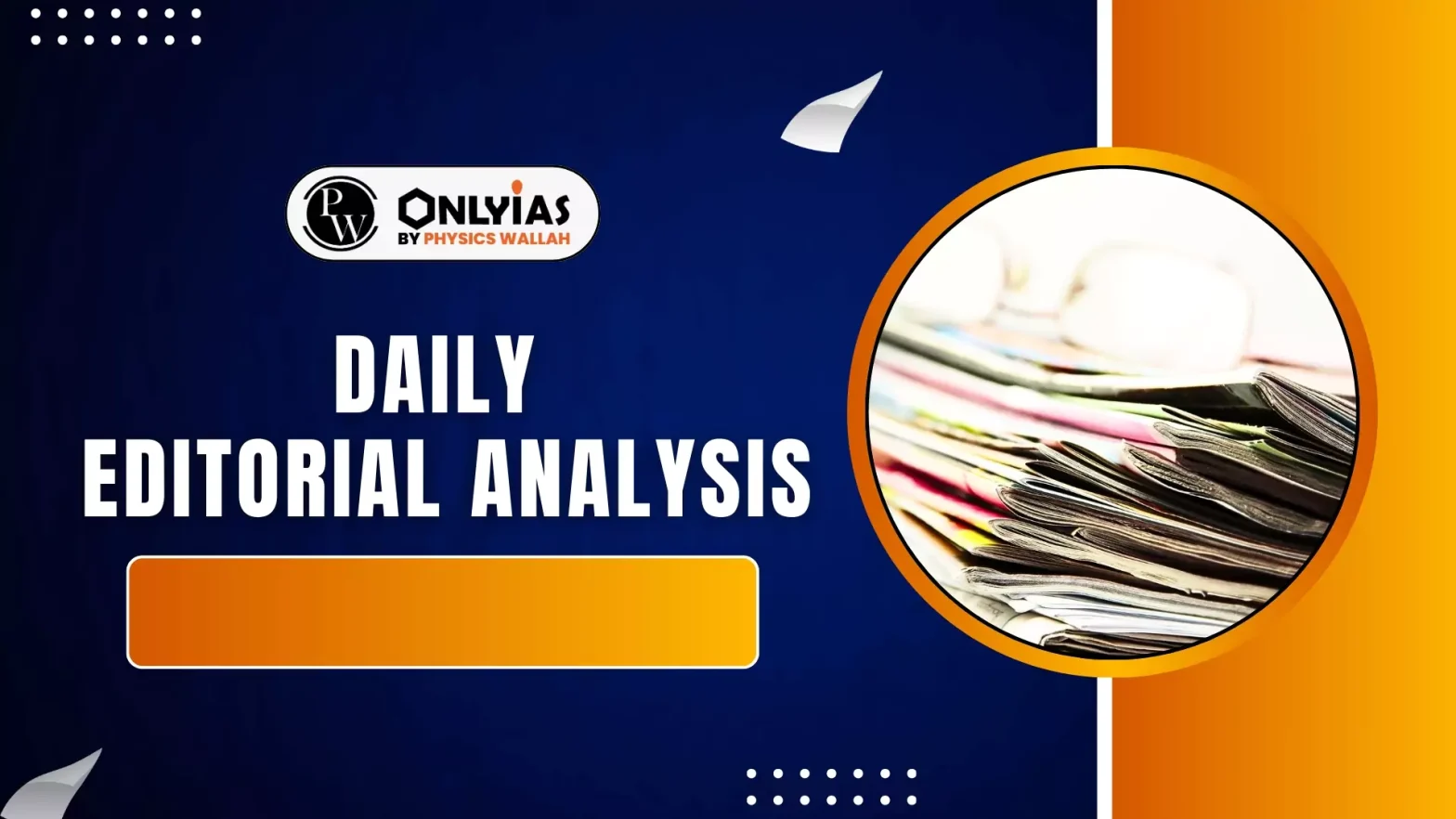There is a need to be aware that the Constitution is not just a legal document, but the product of deep pan-Indian deliberation. It reflects the collective wisdom and diverse aspirations of the entire nation.
Three Years of Intense Constitutional Deliberation
- The Constitution is a result of years of debate and vision. It is not just a rulebook but a mirror of Indian Civilisation.
- Historian Granville Austin called the Sanvidhan Sabha “India in microcosm” which reflected diverse ideologies.
- The Constituent Assembly (CA) functioned from August 1946 to January 26, 1950.
- The Constitution was adopted and signed on January 26, which we now celebrate as Republic Day.
Early Calls for a Constitution
- 1933: The idea of a Constitution was mooted by V.K. Krishna Menon.
- 1936: The Indian National Congress demanded it formally at Lucknow.
- 1940: British acceptance came in August 1940, leading to CA elections under the Cabinet Mission Plan.
- 1946: Elections to the Constituent Assembly were held in July 1946, not via universal suffrage but by Provincial Assemblies using proportional representation.
- Also included nominees from 93 princely states and 4 chief commissionerships (Delhi, Ajmer-Merwara, Coorg, Baluchistan).
- Final strength of the CA: 299 members from a wide ideological spectrum — conservatives, progressives, Marxists, Hindu revivalists, and Islamic voices.
- Indian National Congress won 208 seats (69%), and the Muslim League 73.
- After this election, the Muslim League refused to cooperate with the Congress and the political situation deteriorated.
- On the announcement of a separate Indian state, the League boycotted the CA, but 28 of its 73 members chose to ignore the boycott.
- However, 114 sessions of the assembly was held over 2 years, 11 months and 18 days.
Key Leaders In The Assembly
- Rajendra Prasad: President of the Constitution Assembly.
- H.C. Mookherjee: Vice-president.
- Dr. B.R. Ambedkar: Chairperson of the Drafting Committee.
- BN Rau: Constitutional advisor who prepared the first draft.
Major Debates In the Assembly
- Universal Suffrage: Many were of the view that Indian masses were not ready for voting rights.
- Nehru defended it against critics with, “the voice of a peasant is as precious as that of a professor.”
- This laid the foundation of participatory democracy and empowered all citizens.
- Integration of Princely States: The integration of princely states into the Indian Union was led by Sardar Vallabhbhai Patel through a mix of diplomacy and firmness. This ensured political unification of over 560 diverse entities into a single nation through Instrument Of Accession, referendum.
- The integrated princely states such as Hyderabad, , along with British provinces, formed the Indian Union.
- Later, these states were reorganised on linguistic lines starting with the States Reorganisation Act of 1956, reflecting cultural and linguistic identities within a unified framework.
- Federalism and the Use of Emergency powers: There was a debate of whether to make a strong Centre or Strong States. A balanced approach was adopted.
- Emergency powers were given to the Centre and used in extraordinary situations.
- Language and Linguistic States: Hindi was made official language and not national language.
- The Constituent Assembly decided not to reorganise states on linguistic lines immediately. Instead, it prioritized political integration and national stability post-Independence.
- The issue was deferred and later addressed through the States Reorganisation Commission (1953), leading to the States Reorganisation Act of 1956, which reorganised states primarily on linguistic basis.
- Rights Vs Directive Principles: The Constituent Assembly adopted a balanced approach, making Fundamental Rights justiciable and legally enforceable, while Directive Principles were kept non-justiciable but essential for governance and were States moral duty.
- This reflected a vision of harmonising individual liberty with social and economic justice.
- Reservation and Social Justice: The Constituent Assembly adopted reservations for Scheduled Castes and Scheduled Tribes in legislatures, jobs, and education as a means to ensure social justice and uplift historically oppressed communities.
- Ambedkar firmly argued for SC/ST reservations, warning of the consequences of neglecting inequality.
- Ambedkar insisted that “those who suffer from inequality will blow up the structure of democracy”.
- Secularism: There was a demand for Hindu Cultural recognition. But after prolonged debate, the consensus was that the Republic will treat all religions equally.
Adoption Of The Constitution
- On 26 November 1949, the Constitution was passed, the longest of its kind in the world, with 395 Articles, eight Schedules, and 22 Sections.
- It reflects commitment of its framers and became effective from 26 January 1950.
The Role of Women In the Making Of the Constitution
- 17 women participated in the CA, including: Durgabai Deshmukh, Sarojini Naidu, Sucheta Kriplani, Vijayalakshmi Pandit, Kamala Chaudhri.
- Their voices helped shape gender-sensitive and inclusive provisions.
Remarkable Contributions from South India
- Predominance of South Indian intellectuals in drafting:
- The Drafting Committee included Alladi Krishnaswamy Iyer, Gopala Swamy Ayyangar, N. Madhava Rao, T.T. Krishnamachari.
- Pattabhi Sitaramayya chaired the House Committee.
- V.T. Krishnamachari later became second Vice-President of the CA.
- BN Rau, the advisor, was also from the South.
Conclusion
The Constitution reflects collective civilisational wisdom of the nation such as Ekam Sat Vipra Bahudha Vadanti,, Religious tolerance as shown in Ashoka’s Edicts etc and the Preamble embodies the soul of the Republic.
- When leaders invoke the Constitution, they must remember it is the product of rich, diverse, and deeply Indian intellectual labor.
![]() 16 Jun 2025
16 Jun 2025

